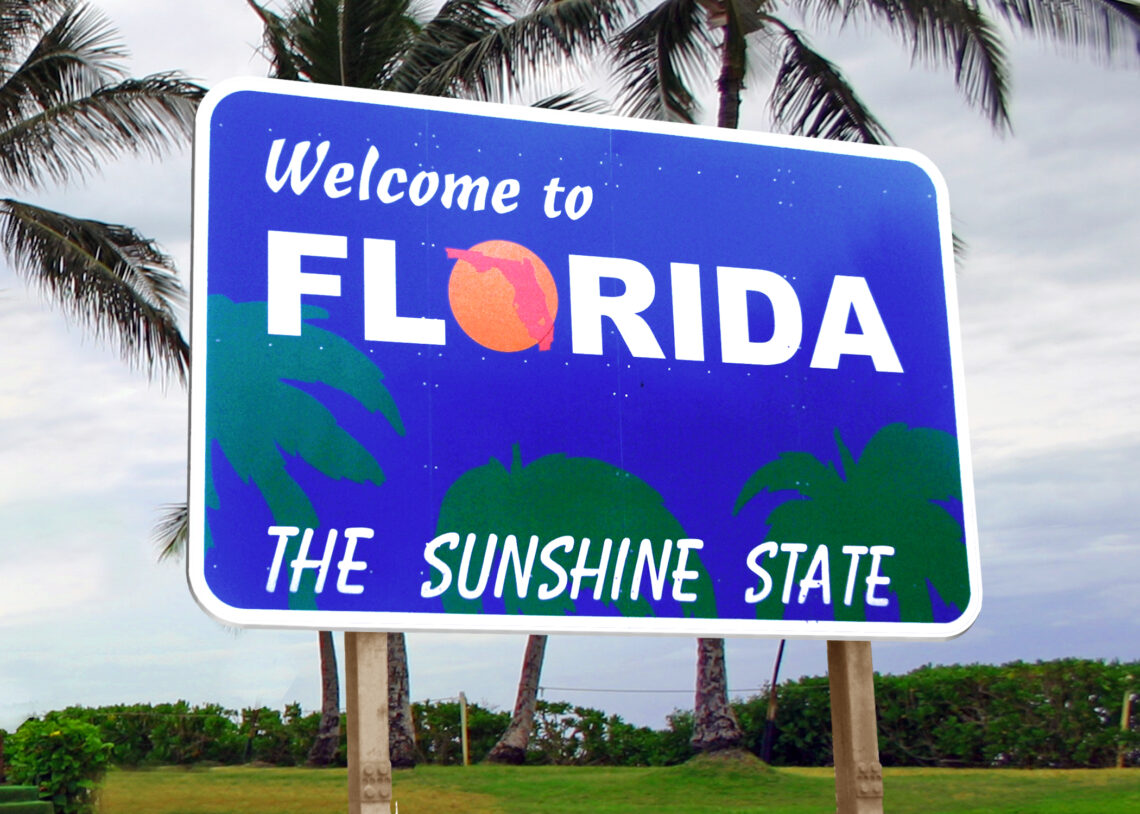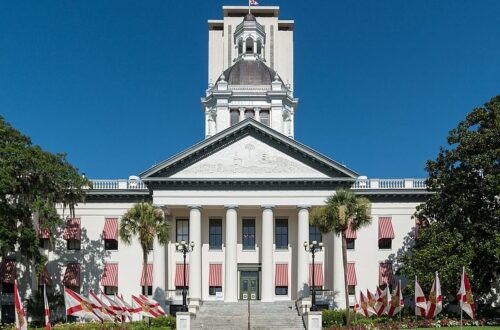On June 2, Gov. Ron DeSantis signed the Florida Leads state budget for the 2021-2022 fiscal year.
The budget sought to efficiently and effectively address many financial issues brought about by the pandemic, according to the overview of Florida’s budget for the 2021-2022 fiscal year.
Lieutenant Gov. Jeanette Nuñez said the $101.5 billion budget places high importance on what matters most to Floridians: education, the environment and housing.
Regarding education, the budget sets aside $22.8 billion for K-12 education, which will contribute to an increase of $53 in the base student allocation — the amount of money dedicated to each individual student.
Additionally, the education budget is seeing an increase of $50 million directed toward the goal of raising the minimum teacher salary to $47,000.
While many, including the Florida Education Association, agree that this increase is a step in the right direction, it has also been argued by FEA president Andrew Spar that the increase will not be enough to keep veteran teachers — teachers who have taught for five years or more — in the profession.
Florida has the 16th lowest adjusted teacher salary, which has made the prospect of a long-term career in the state’s public school system challenging for many Florida teachers.
Funding for environmental protection was also a key component of the budget, which dedicates $2.5 billion dollars for Everglades restoration and the protection of water resources. This is a drastic increase of $1 billion over the last four years.
“I know [DeSantis] has concerns about Florida’s environment; that he’s aware the economics of Florida are tied to our environment and the beaches, the Everglades and the wild places that make Florida an incredible place to visit.” Mark Sexton, the Alachua County Communicative and Legislative Affairs Director, said.
Alachua County has faced many issues regarding low water levels, specifically in the Santa Fe River. These low water levels have led to a coating of green algae on the surface, which led many tourists to discontinue visits to the river. Other concerns with Alachua County river water include high nutrient levels, fecal matter and chemical waste.
“While we would like to see more funding for projects and we continue to have great concerns about the environment, particularly central Florida, we have concerns about water levels and about pollution in our springs and rivers. But this is certainly a good first step to increase resources to help with those issues,” Sexton said.
This environmental budget is the largest in the state’s history, which has led it to being viewed as a large win for Florida’s environmentalists. On the other hand, the budget has also come under fire for not directing money toward plans that would lessen the effects of climate change, such as reducing carbon emissions.
David Cullen, a member of Sierra Club Florida — a nonprofit public benefit corporation dedicated to protecting the environment — said the governor is taking sea level rise seriously, but he is not doing much to counter the causes of rising sea levels.
Although a smaller portion of the budget than allocations for education and the environment, workforce and affordable housing programs received $209 million from the Florida Leads budget. After the Bureau of Labor Statistics reported rent in Florida cities such as Orlando are more expensive than high-priced cities such as San Francisco, the budget allocations come at an opportune time to address this issue.
Additionally, various parts of Florida such as Orange and Osceola counties have not yet fully recovered from the major rise in unemployment that occurred throughout the COVID-19 pandemic, which contributed to the distribution of housing funds in the budget.
Check out other recent articles from Florida Political Review here.
Featured Image: Florida welcome sign. Unmodified photo by Donkey Hotey used under a Creative Commons License. (https://bit.ly/3hyeW7H)





